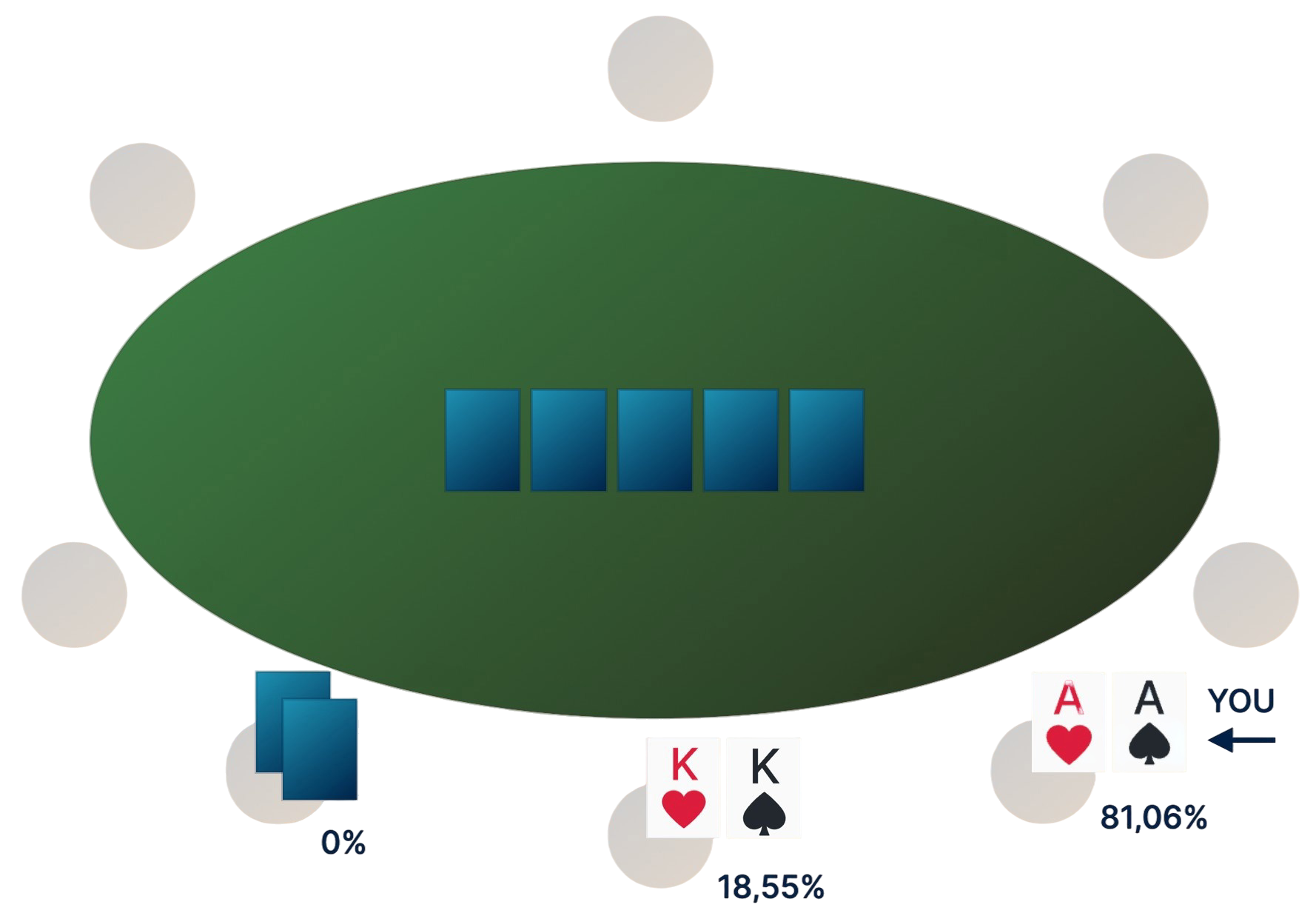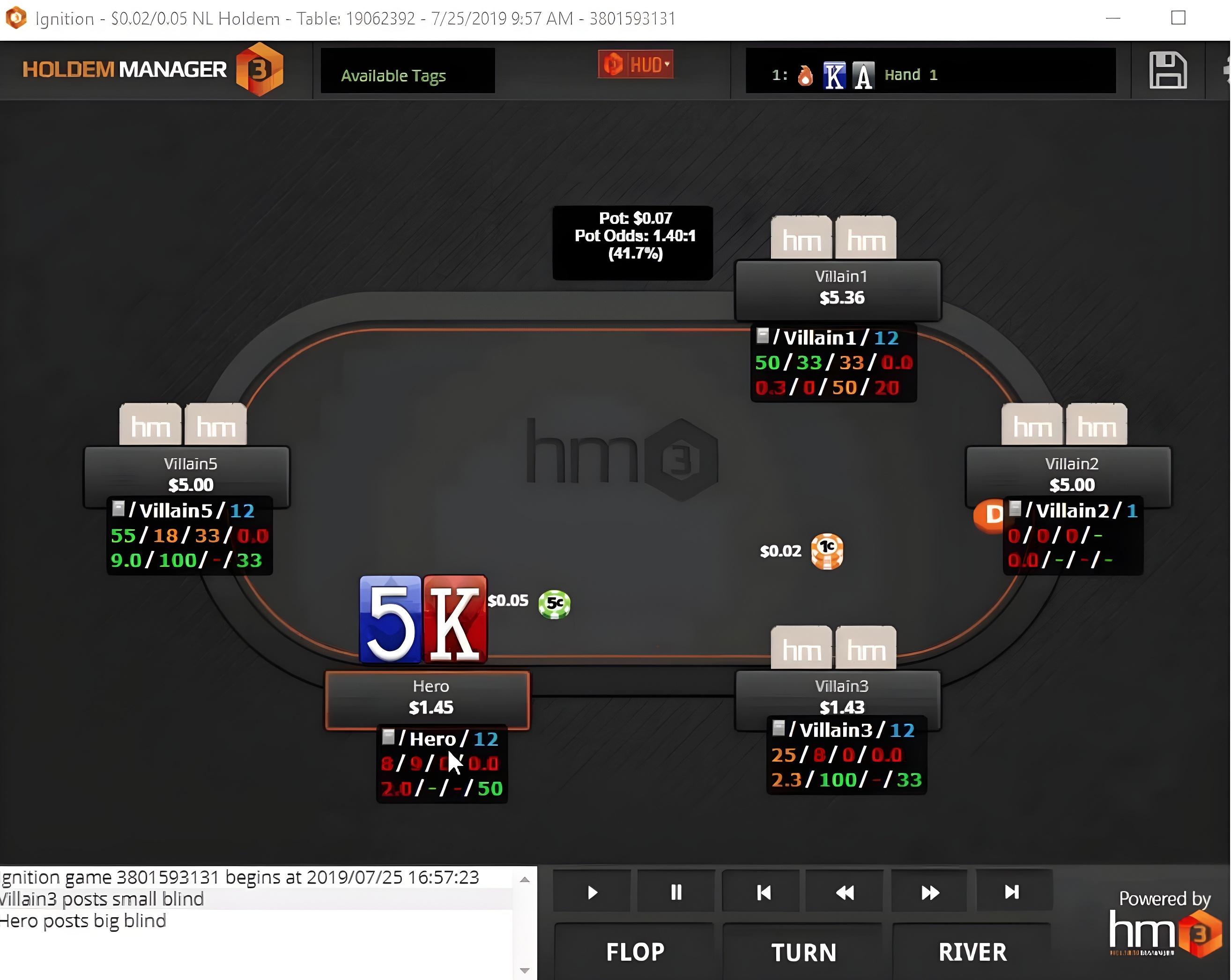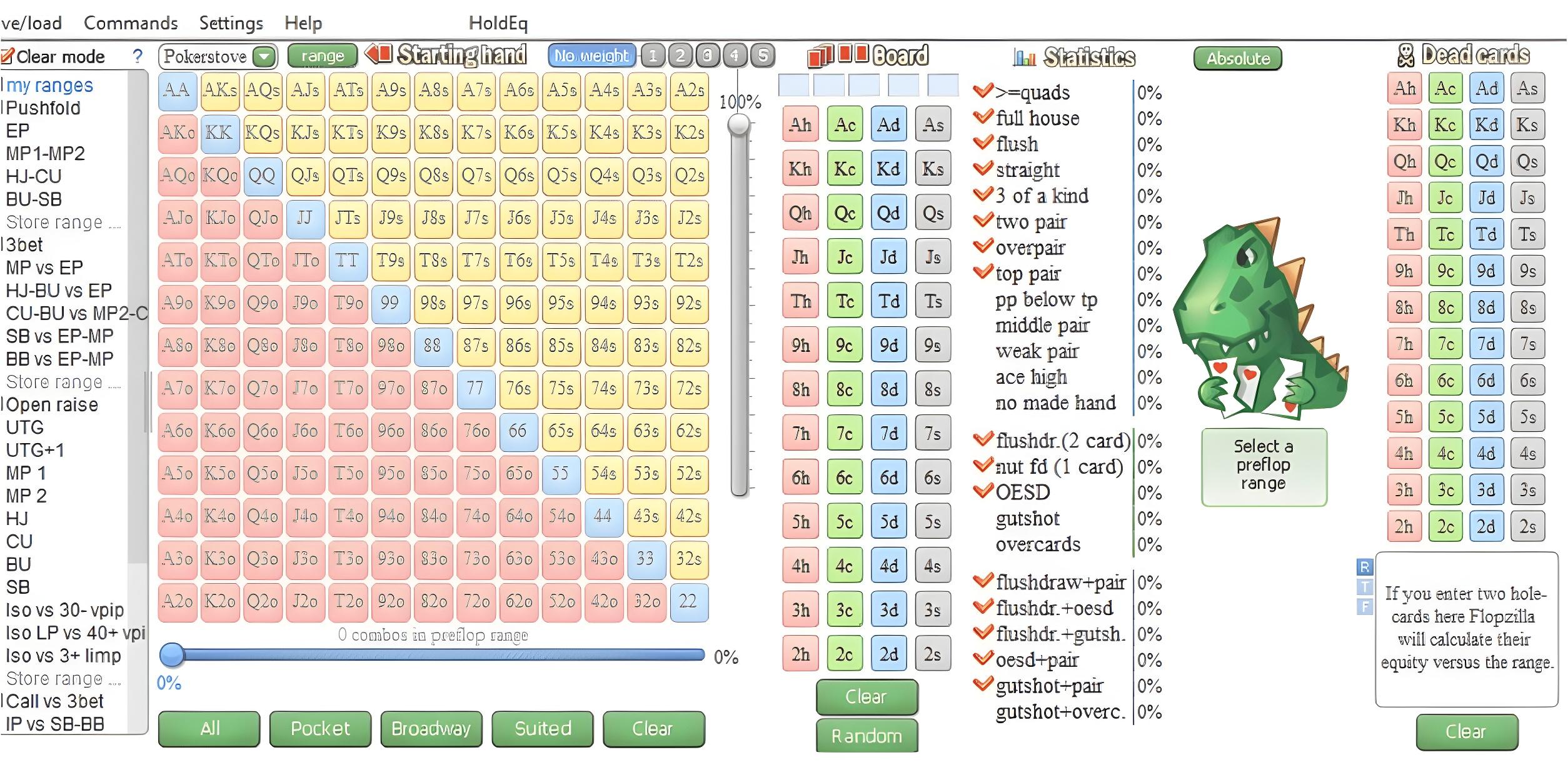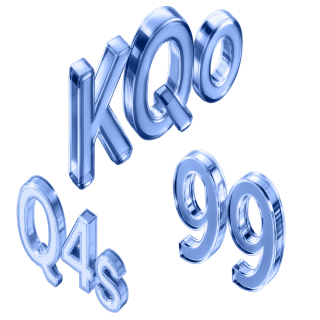Translated with the help of AI. We apologize for any errors and would appreciate your help in correcting them.
1. What is equity in poker
In any hand, you will have a certain chance of winning: from zero to one hundred percent. While the cards of the players are closed, you can only assume the opponent's range and approximate chances of winning the hand. When both players are exposed to all-in, it is possible to calculate the exact percentages of each.
Equity in poker is the mathematical share of the pot that a player claims based on the strength of his hand. In other words, the probability of winning a hand.
- Example: you went to all-in for a $1,000 bank. Your pockets
against your
opponent. You have 81.06% to win, the kings have 18.55%. 0.39% is an opportunity to divide the pot.

In a particular tournament, the hand will end in one of three ways:
- You will win a pot of $1,000
- You will lose, and the pot of $1,000 will go to the opponent
- A board will be released, on which you will divide the pot equally – $500 each
What share of the bank belongs to you from the point of view of mathematics pot.
Formula:
- You win in the the long run $810.6
- Opponent wins $185.5
This does not mean a net gain (profit), but a gain based on the final total pot of money (revenue). To find out the profit, you need to deduct the amount of your investments in the pot.
2. What is winrate and EV bb in poker
Winrate – the average arithmetic number of big blinds that a player wins for 100 hands played, calculated for a particular period of the game.
Let's say a player has played 100,000 hands in 6 months. He could have had different periods of ups and downs, but ultimately the tracker program (for collecting statistics) knows the final result: how many chips the player won during this period. All the chips won by him will be calculated according to the arithmetic mean for this distance and reduced to a numerical record, for example, 7bb/100. This means that the player's winrate was 7 blinds for 100 hands. The EV bb/100 indicator does not reflect the real result, but the mathematical share of the bank that is owed to the player in this pot.
- Example: andthe clod went to an all-in preflop of 10,000 chips
, and it was stabbed with
. The equity of this bet: 54%
to 46%
, but in the end, the player with the jacks lost the hand and all the chips.
According to the actual winrate, he will be recorded: he lost the entire stack of 10,000 chips. And according to the EV bb/100 indicator, the program will record that 54% of the total pot of chips was taken by our player with, and 46% of the pot was taken by the player with
. At the same time, it does not matter to the program which of the players won or lost. It is important for her who had a chance to win. That is, how much the player in reality will take from this pot at an infinite the long run. In this case, 10,800 chips (54%) will be written to one player from a total pot of 20,000 chips, and 9,200 chips (46%) will be written to the other player, respectively.
3. How to calculate equity in poker and a table of basic indicators of hand equity against each other
Exhibit on preflop | Example | Chances of winning |
The older pair versus the younger pair |
| 82% / 18% |
Pocket pair vs one high card |
| 71% / 29% |
Pocket pair vs. two overcards |
| 54% / 46% |
| Two random cards against one senior |
| 54% / 46% |
Senior pair vs high card under dominate |
| 92% / 8% |
Senior pair vs. offsuited cards below |
| 81% / 19% |
Senior pair vs suited cards below |
| 77% / 23% |
Senior pair against junk cards |
| 88% / 12% |
Two high cards versus two over cards below |
| 62% / 38% |
Two over cards against the middle pair |
| 46% / 54% |
One high card versus two middle cards |
| 56% / 44% |
One high card against the middle pair |
| 31% / 69% |
High card vs. second card denomination pair |
| 34% / 66% |
Alternate High Cards |
| 62% / 38% |
High Card Dominance |
| 73% / 27% |
Lower card dominance |
| 69% / 31% |
You will know the exact equity percentages only when you see the opponent's cards. During betting, one can only assume which starting hand the opponent will have. Range thinking helps here.
In order to estimate the approximate chances of winning the hand on the post-flop:
- Set the range of possible hands for the post-flop player in the action he performs. It is important to clearly understand its action. To do this, use range thinking, the principle of narrowing ranges.
- Calculate the approximate number of outs for yourself.
- Each outs goes on the next street with a probability of 2% and, accordingly, 4% for 2 streets of betting.

- Example:
on your board
. You think the opponent most likely has it
in his hand . So it's only going to help you to win
. There are 13 - 4 = 9 peak cards left in the deck.
4. Calculation of equity in poker against unknown cards of the opponent
Thinking in ranges is one of the key skills of a modern poker player. This skill is not innate, it is acquired with the experience of the game. Thinking about ranges is necessary to move on to the main strategic principle of playing poker, which is called the principle of narrowing ranges. Follow the link to read the article on this topic.
But it is best revealed in a special video course “Basics of preflop and postfop games” – a great course for beginners and low-limit players. The course contains many free professionally designed videos and 3 sections with closed videos, which are issued according to a special program from our website. Being in the distribution, the most important thing is to determine the opponent's preflop range and then learn how to properly narrow it.
With the help of charts
There are many preflop tables freely available on the Internet. However, the data in them can easily be irrelevant and too inconvenient (not structural) for beginners. We recommend registering on our website. Immediately after that, you will receive an email with a PDF file for self-education, which was compiled by Poker University head coach Alexey Exan13. Write to our support service, and get free access to the charts in a special service for easy study.
With the help of auxiliary programs
Poker trackers display statistics on opponents in most poker rooms right at the table. This is called HUD (Heads Up Display, in poker - displaying various statistical information about the player on the PC screen in real time). High-quality customized HUD can also be obtained from our school by writing to the manager. By learning how to correctly interpret and evaluate HUD information, you will be able to get an idea of the approximate range of hands that your villain plays.
Through observations
This applies not only to offline poker, but also to playing online. Pay attention to how rivals act in different situations, how their timings and sizing change, especially see their cards at the autopsy - all this is useful information for making a decision in a particular hand.

5. Change in equity in the course of distribution
Each action of the opponent in poker gives information about his villain range. The more actions the opponent has taken, the more correctly we evaluate the range of possible hands. Thus, after each action, we re-evaluate the equity of our hand (and also the fold equity if we play as a bluff). It is especially important to overestimate your equity if the player commits an aggressive action against us. In addition, the value of our hand needs to be rethought on each street: flop, turn and river. This is very important, because most of the beginners' mistakes are related to the overestimation of the strength of their hand on the river, which leads to large losses of chips in an overclocked pot.
6. equity tables of different hands in poker
The main goal of a player with a strong starting position is to increase the pre-flop pot. The more players in the pot, the more equity your starting combination will lose.
| Starting hand | Number of opponents and equity against them | ||||||
1 | 2 | 3 | 4 | 5 | 6 | 7 | |
85.4 | 73.4 | 63.9 | 55.8 | 48.9 | 43 | 38 | |
82.6 | 69.1 | 58.3 | 49.7 | 42.5 | 36.7 | 31.9 | |
80.1 | 65.1 | 53.6 | 44.5 | 37.4 | 31.7 | 27.2 | |
77.7 | 61.3 | 41.9 | 39.9 | 32.9 | 27.5 | 23.4 | |
75.2 | 57.7 | 45.1 | 35.9 | 29.2 | 24.2 | 20.4 | |
67 | 50.7 | 41.4 | 35.4 | 31.1 | 27.7 | 24.9 | |
65.3 | 48.3 | 38.5 | 32.3 | 27.8 | 24.4 | 21.6 | |
64.4 | 46.8 | 36.9 | 30.4 | 25.9 | 22.5 | 19.7 | |
This is a table against random cards in the opponent's range. If you set the exact hands or range in any of the online calculators, the numbers will change slightly.
7. Mathematics of earnings at the expense of equity
Knowing the equity of your hand or range, you will be able to determine how profitable a particular action will be in the distribution. Let's see how mathematics works in this area.
Simplified earnings formula

*Relevant when placing all-in on preflop or when betting on the river, when the dealer will no longer open community cards, and the mathematics of the game can not change.
It looks like a business model in which expenses are deducted from income and profits are obtained. The simplified formula is relevant when placing all-in on preflop or when betting on the river, when the dealer will no longer open common cards and the mathematics of the game cannot change. Suppose you reach the river, where you assume that your hand has about 45% equity. Opponent went to all-in pot $750$1,000. We calculate the percentage of investment for the call.
You need to bet $750 in order to have a chance to win $1,750. We need to translate the visibility of your investment into a percentage option. To do this, you calculate the total size of the pot that will turn out after your stake – $2,500 and calculate the share of your investments in this pot 750 / 2,500 = 30% Now we calculate the earnings by the formula: 45% equity - 30% investment = 15% of net profit. If you correctly estimated the strength of your combination, then at the the long run the call will bring you $150.
Full formula of earnings due to equity on the flop and on the turn
When you still have chips that you can play with your opponent on the following betting streets, a more accurate formula is used to determine earnings based on the equity of your hand.

To understand this formula, it is also necessary to know what the supposed and backward implied odds of the bank are, which take into account the possibility of future earnings or losses in the distribution when changing your combination on the next betting street. In short, this formula takes into account possible future investments, because there are still 1 or 2 rounds of betting. Both possible wins if we collect a stronger combination and possible losses if we collect a stronger combination are taken into account, but it will be weaker than the opponent's combination.
8. Mathematics of earnings at the expense of equity
Realize equity – the process of turning the mathematical equity of the hand on the preflop into the expected gain, taking into account the game on the postflop. This is your equity considering how often you will make it to the showdown. After all, if you did not go to preflop all-in on all the chips, you will have to play postflop. And the opponent will have chances to knock out your hand with his bets, a hand that has some kind of equity (chance of winning). That is, you will have to fold your equity. Therefore, a mathematical parameter has been introduced – the equity realization coefficient, which is in the range from 0% to 100% or from 0 to 1. The maximum realize of equity hands in poker is all-in on preflop, because on your part this is guaranteed to be the last action in the hand – in 100% of cases you will reach the showdown.
In other cases, the realize of equity is often in the range of 40% to 90%, depending on various factors:
- The presence or absence of a position in poker;
- Hand playability;
- Depth of stacks;
- Edge of the range;
- Edge in the game skill;
- ICM pressure.
9. Programs for calculating equity
Modern professionals rarely calculate equity in their minds. The basic chances of winning the hand in the case of classical exhibitions have long been stored in their heads. And for detailed analysis, auxiliary poker software is used. It is impossible to imagine a player who has turned online poker into a source of stable income, who would not use the programs at least for some period of his career as a player. We tell you about the three most popular programs for working with equity and understanding what range in poker is.
FlopZilla and FlopZilla PRO
Alexey Exan13 recommends this program to players of any level. FlopZilla shows how different starting hands fall into certain board, what equity the hands have against each other or against the range, and more. FlopZilla costs a symbolic $25. Along with the basic version, you also get a version of FlopZilla PRO with advanced functionality. This is basic software that you should definitely play with. There is also a free version with limited functionality.

PokerStove
Unlike other calculators, PokerStove can be used directly while playing at the online table. But not from a computer, but from a mobile phone on the Android operating system calling-station. The program is completely free and suitable for basic calculations. You can download it from the official website. Confident PC users will have no problems installing it.
Equilab
A free program where you can also study the equity of hands and ranges. Convenient, in Russian. Also a worthy candidate to “play” with novice players. It is very valuable because it allows you to train your understanding of the strength of your hand in different situations against different ranges. For beginners, it is recommended to periodically develop the evaluation skill using the "trainer equity" function.











